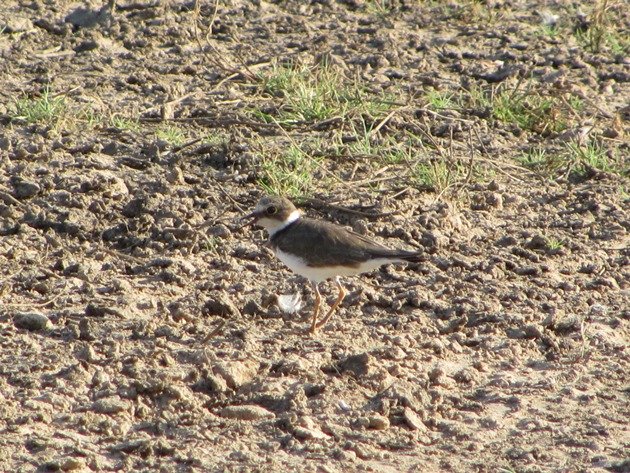
Last week we were visiting a local ephemeral lake when we were lucky enough to come across a Little Ringed Plover Charadrius dubius. It is believed that the sub species most likely to be visiting the north of Australia is curonicus. At this time of year in Broome the ephemeral lakes are rapidly drying up and are a hot-spot for all birds, so it is always interesting to see what shows up when you sit quietly and enjoy the environment. In a few months’ time we will start to get the Wet Season rains and the land will flood and birds will disperse across the vast landscape and much of the land will be inaccessible by vehicle.
Little Ringed Plovers are being observed more often across the north of Australia nowadays over our summer months, but that could easily be more people spending time looking and reporting the species. The Little Ringed Plover will have travelled from the northern hemisphere along with other migratory shorebirds. While most shorebirds head for the coast this species prefers freshwater wetlands and this Little Ringed Plover was in the company of Black-fronted Dotterels, a lone Black-tailed Godwit, two Little Curlew, Wood Sandpipers, Marsh Sandpipers, Common Greenshanks, a Common Sandpiper, Long-toed Stints and Red-necked Stints.
The Little Ringed Plover was quite well camouflaged on the dirt and it was not until we were quite close to it that we noticed it. This species can “freeze” when approached and this is exactly what happened. You are able to get a lot closer to birds in a vehicle than you are on foot at this ephemeral lake and cause a lot less disturbance. Luckily the Little Ringed Plover was on my side of the vehicle when we first observed it! I only have a small compact camera, but I could take a few photos as it watched both us and the skies above.
Little Ringed Plover
We moved slowly around to take some photos from a different angle and in different light due to the fact that it was only about 90 minutes before sunset.
Little Ringed Plover
Sometimes you are just lucky and you are in the right place at the right time!
Of course we will also be looking out for the return of our Semipalmated Plover that has been making Broome its home since 2009 for a few months each season! It usually spends its time in Broome at the Poo Ponds and on the nearby beach among the Greater Sand Plovers and Red-necked Stint.
UPDATE:- Semipalmated Plover observed on Cable Beach in Broome October 12th at high tide mid-morning!


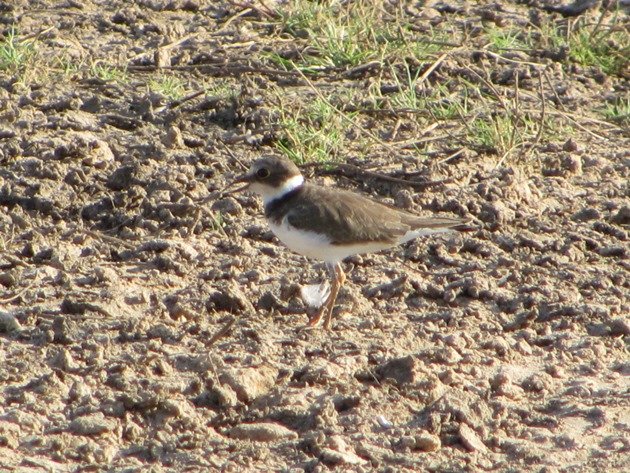
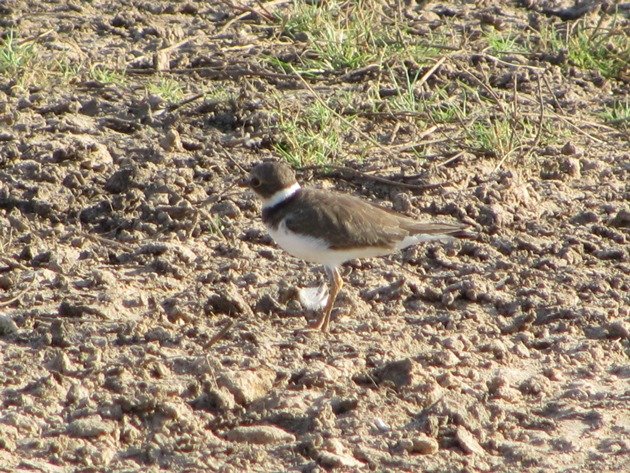
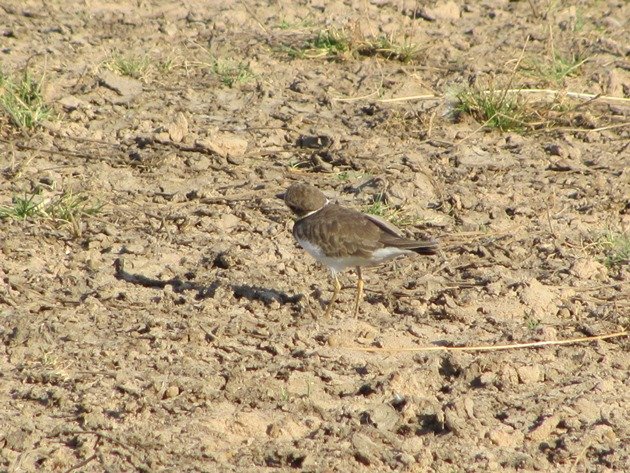
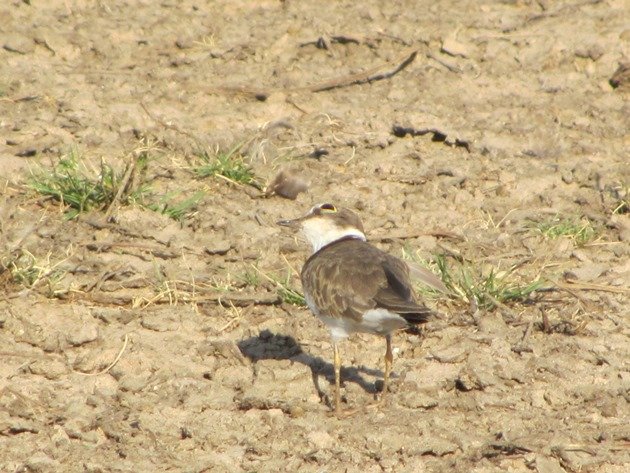
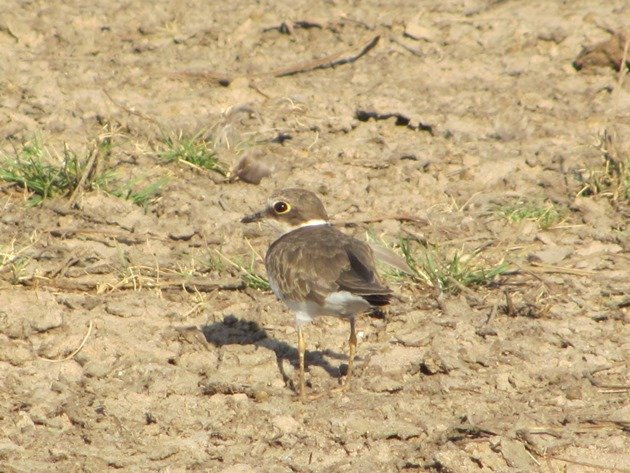
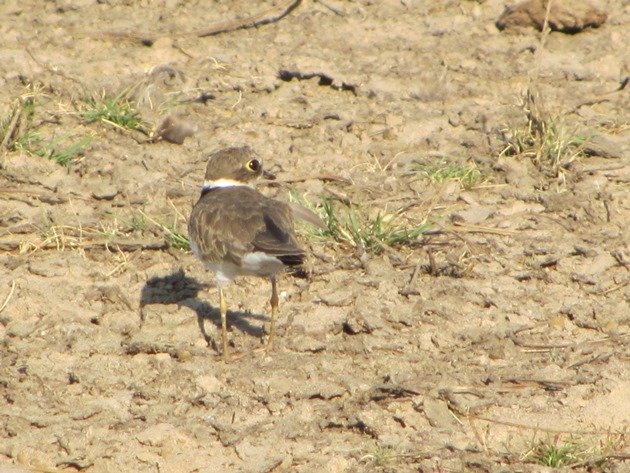
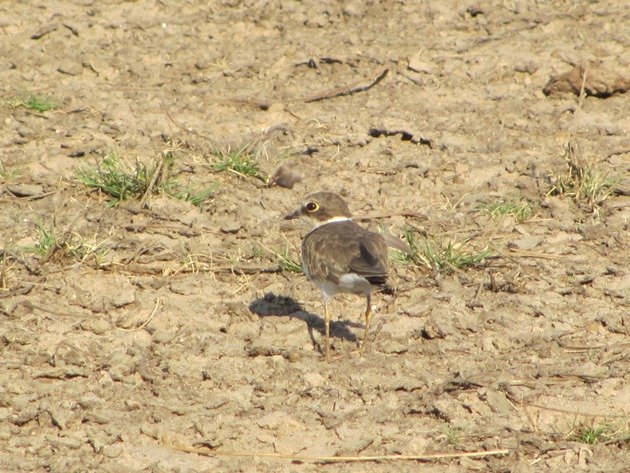
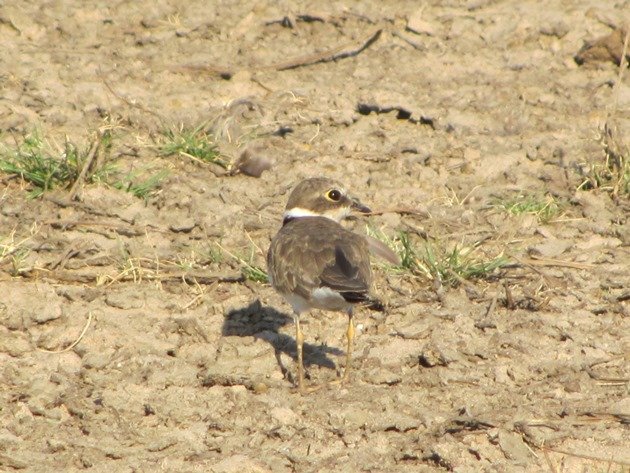
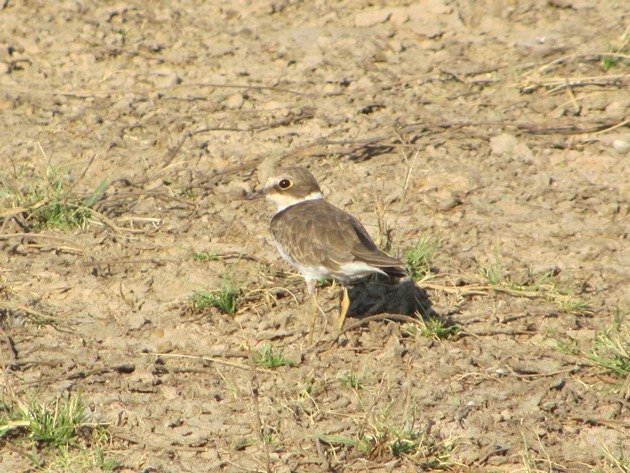











What a sweet plover! I liked seeing it from every angle.
I know the species very well here from Germany since managing and monitoring its population at around 20+ sites is part of my job. It is very cool to see these pictures of it in Australia! Sometimes, I think it is highly unfair that the southern continents get so many wanderers from the north while there is scarcely any species migrating th other way around…
It is great that you monitor these birds in Germany and we enjoy when they wander into our patch! 🙂
Hi Clare
Were these taken at Taylor’s lagoon by any chance? I’m just going through my large backlog and I’ve got a bird that I’m trying to decide between Ringed and Little Ringed taken at dawn on 26/9/15. I think it might actually be the same bird. My two photos are nowhere near your quality.